So, you’ve got a side gig – congratulations! Whether you’re freelancing, driving for a ride-sharing service, or selling handmade crafts online, good for you for taking charge of your financial future.
While side gigs offer flexibility and extra income, it’s crucial to stay on top of your tax obligations. Don’t worry; we’ve got your back! In this blog post, we’ll provide you with some valuable tax tips to help you navigate the world of side gig taxes.
Do I Need to Pay Income Taxes on My Side Gig?
If you have net earnings of $400 or more from your side gig(s), then the IRS requires you to report this income when you file your taxes. If a company ends up paying you more than $600 in a tax year, then they should provide you with a 1099-NEC.
In addition, if a company pays you more than $600, they are required to report that expense to the IRS. Therefore, if you fail to report your side gig income on your tax return, the IRS will likely find out and may charge you penalties.
If you’re making under $400 a year from your side gig, then you don’t need to worry about paying taxes on that income.
Understand Your Tax Obligations
Before diving into the world of side gig taxes, it’s essential to understand your specific tax obligations. Here are a few key points to consider:
- Self-Employment Tax: As a side gig worker, you’re considered self-employed, which means you’re responsible for paying self-employment tax. This tax covers both Social Security and Medicare taxes.
- Estimated Tax Payments: Unlike traditional employment, where taxes are withheld from your paycheck, self-employed individuals must make quarterly estimated tax payments to the IRS. Failing to do so can result in penalties and interest charges. Estimated tax payments are due quarterly on April 15th, June 15th, September 15th, and January 15th.
The good news is that If you expect to owe less than $1,000 in taxes from your side gig, you can wait to pay your taxes until the end of the year. However, if you end up owing more than $1,000 in taxes, you’ll likely be assessed a late fee if you don’t make quarterly payments.
If you need help estimating your taxes, check out our article on how to estimate your income taxes owed.
How Much Money Should I Set Aside for Taxes?
Regardless of whether you’re paying estimated taxes or waiting until the end of the year to pay the taxes you owe, you should set aside money in a designated account on all income you earn.
It’s recommended that you set aside anywhere between 20% to 35% of your side gig income to pay taxes. The amount you set aside will depend on your business expenses and what you anticipate your effective tax rate to be.
Keep Detailed Records
Maintaining accurate records is vital when it comes to maximizing deductions and minimizing tax liabilities. Here’s what you should keep track of:
- Income: Keep a record of all your side gig earnings. Utilize online platforms or accounting software to easily track your income and generate reports.
- Expenses: Track your business-related expenses, such as equipment, supplies, marketing costs, and even a portion of your home office or workspace. These expenses can be deducted from your taxable income, reducing your overall tax liability.
- Mileage: If your side gig involves driving, keep a mileage log for both business and personal use. Deducting business-related mileage can significantly reduce your tax burden.

Separate Personal and Business Finances
Maintaining separate bank accounts for your personal and business finances is crucial. This separation simplifies record-keeping and ensures you don’t miss any deductible expenses. Consider the following:
- Set up a dedicated business bank account: This will help you track your business income and expenses separately, making tax time less stressful.
- Use a business credit card: A business credit card allows you to track and separate business expenses from personal expenses more efficiently. It also simplifies the process of identifying deductible expenses.
Familiarize Yourself with Deductible Expenses
Knowing what expenses you can deduct is essential for reducing your taxable income. Here are some common deductible expenses for side gig workers:
- Office Supplies and Equipment: From paper and pens to laptops and printers, you’ll want to keep track of your office-related expenses.
- Marketing and Advertising: Expenses related to promoting your side gig, such as website hosting, business cards, and online advertisements, are generally deductible.
- Professional Services: If you hire professionals like accountants or lawyers to assist you with your side gig, their fees are deductible.
If you want to learn more about tax deductions for self employed and side gigs, read our blog post here.
Make the Most of Retirement Contributions
Consider contributing to a retirement account for additional tax savings. Options like a Simplified Employee Pension (SEP) IRA or a Solo 401(k) can help you save for retirement while reducing your taxable income.

Get Professional Tax Help
Tax season doesn’t have to be daunting for side gig workers. By understanding your tax obligations, keeping detailed records, and maximizing deductions, you can navigate the tax landscape with confidence.
Each individual’s taxes can vary. Therefore, in order to understand how you can get the most out of your side gig income, you should contact a tax professional. As a FileSmart member, you’ll have access to informational courses and tax professionals that can answer up to five tax questions for you per month.
Becoming a FileSmart member costs a fraction of what it would cost to hire a CPA and allows you to stay on top of your taxes year round. Sign up to get started with FileSmart today!

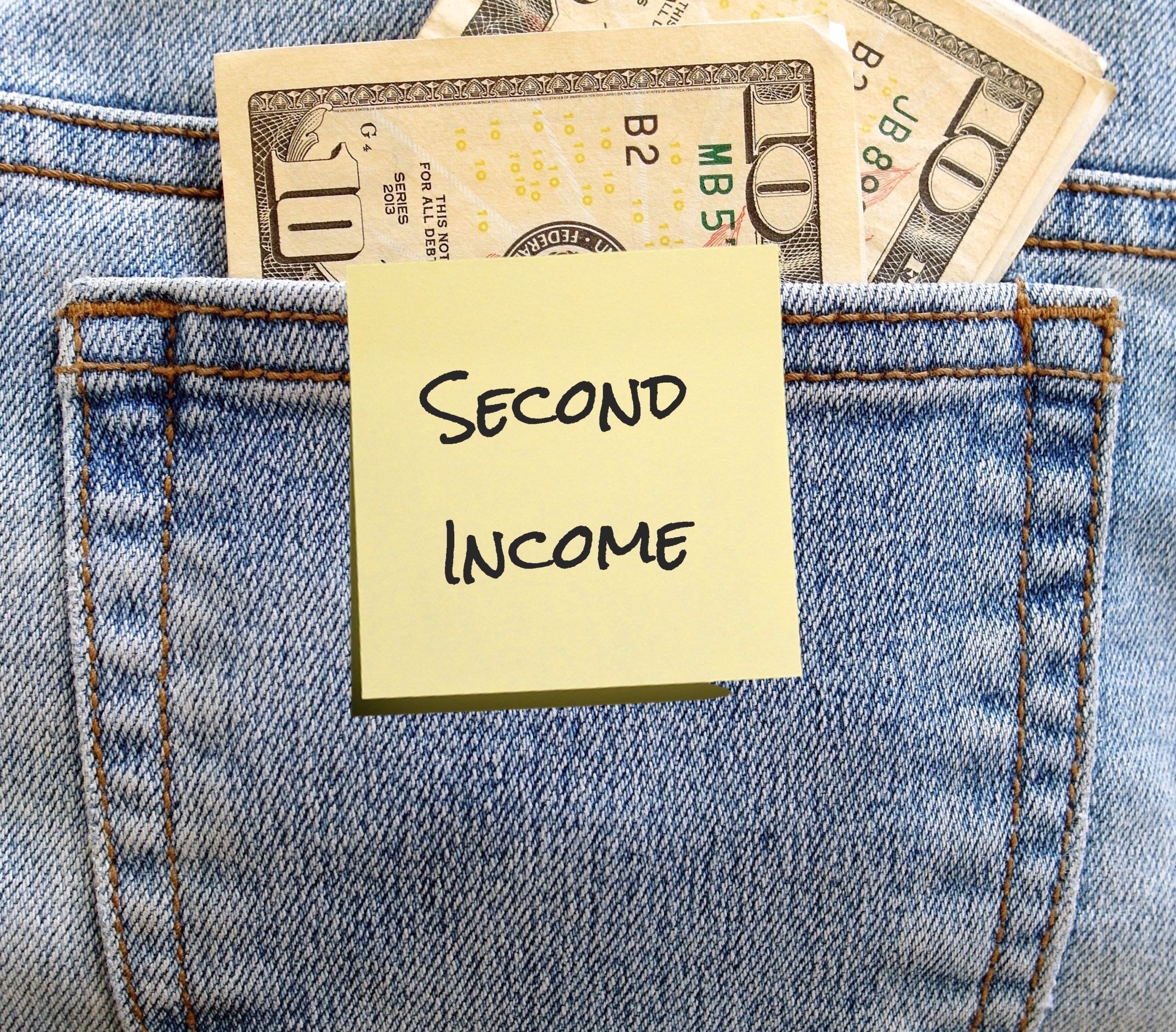
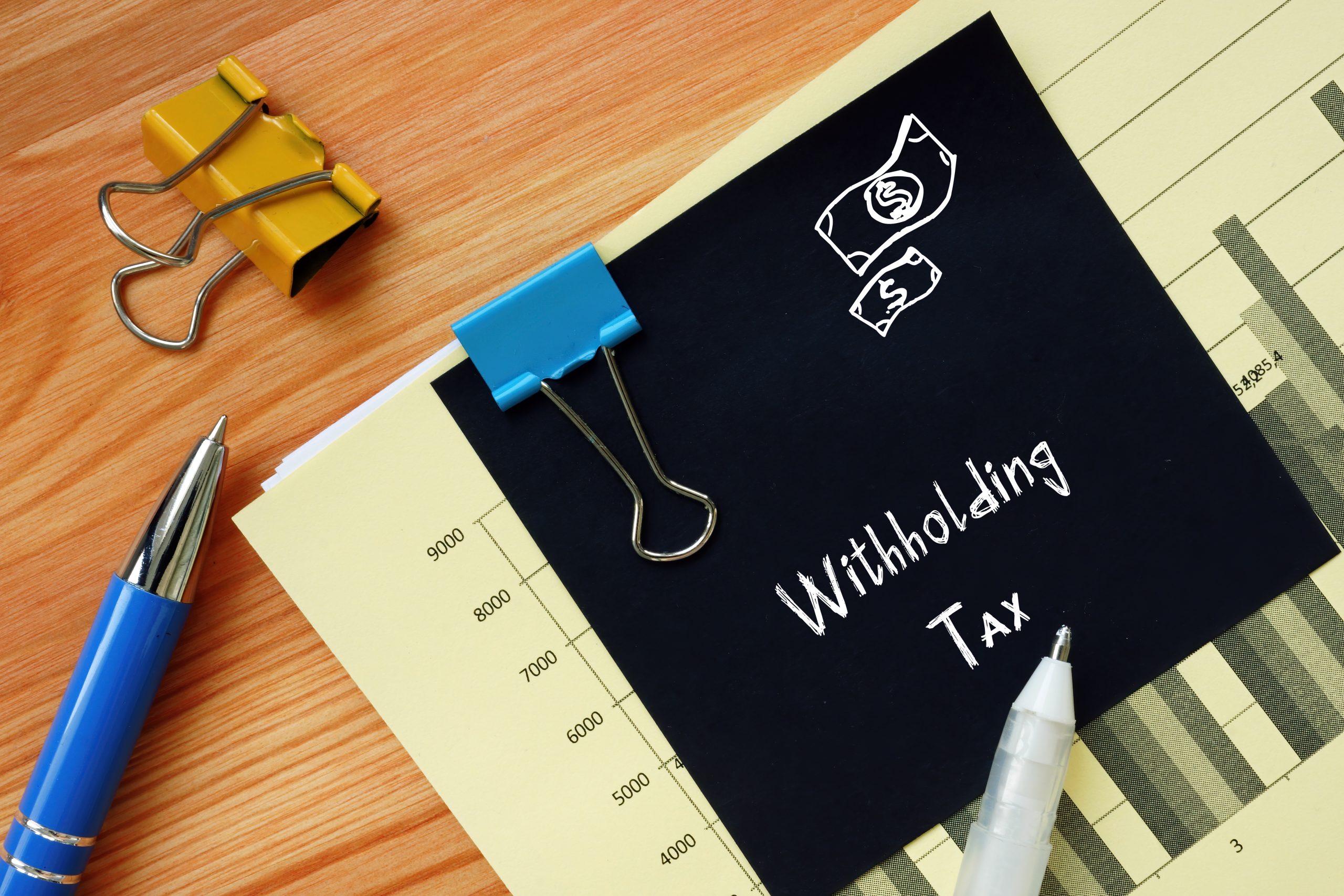
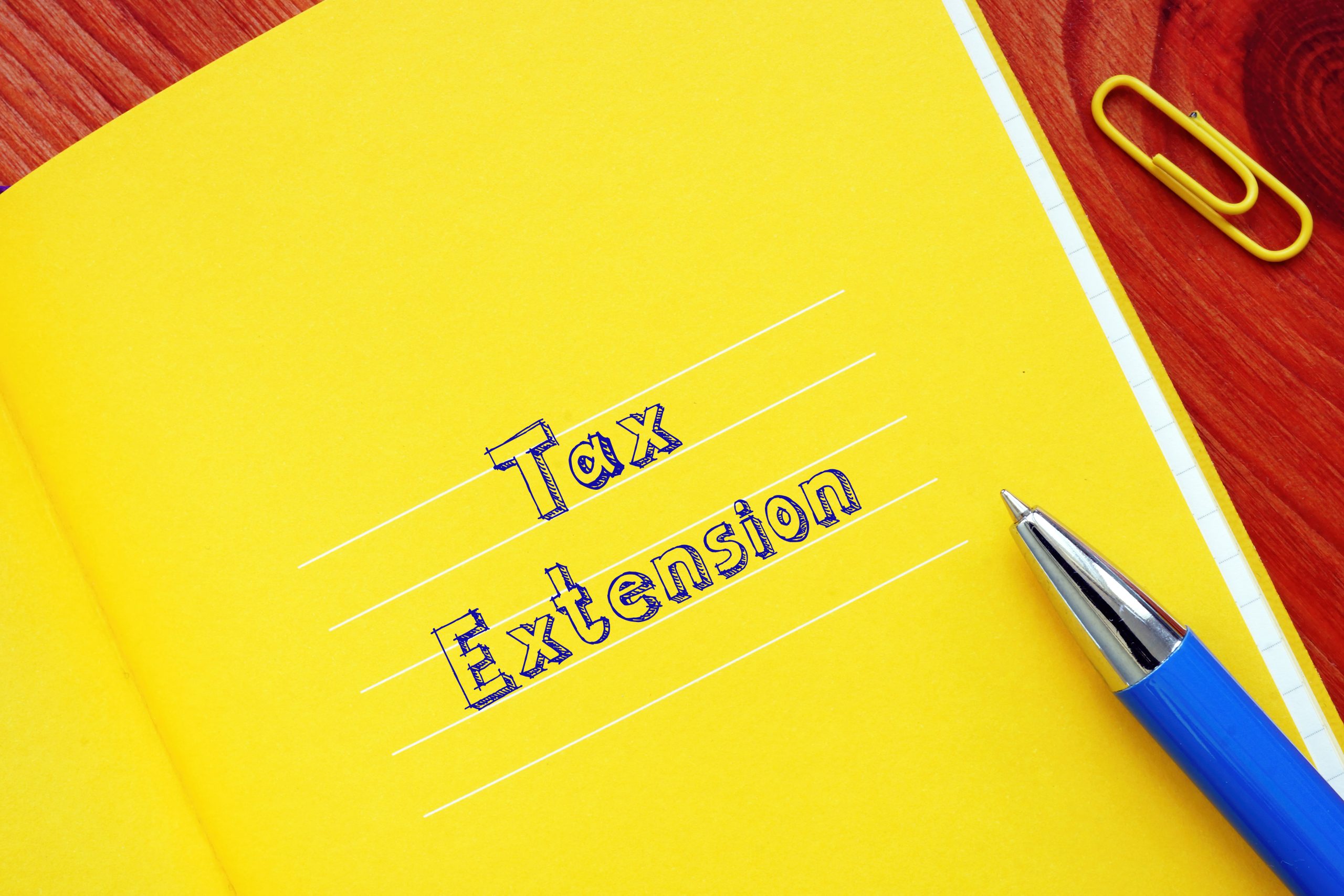
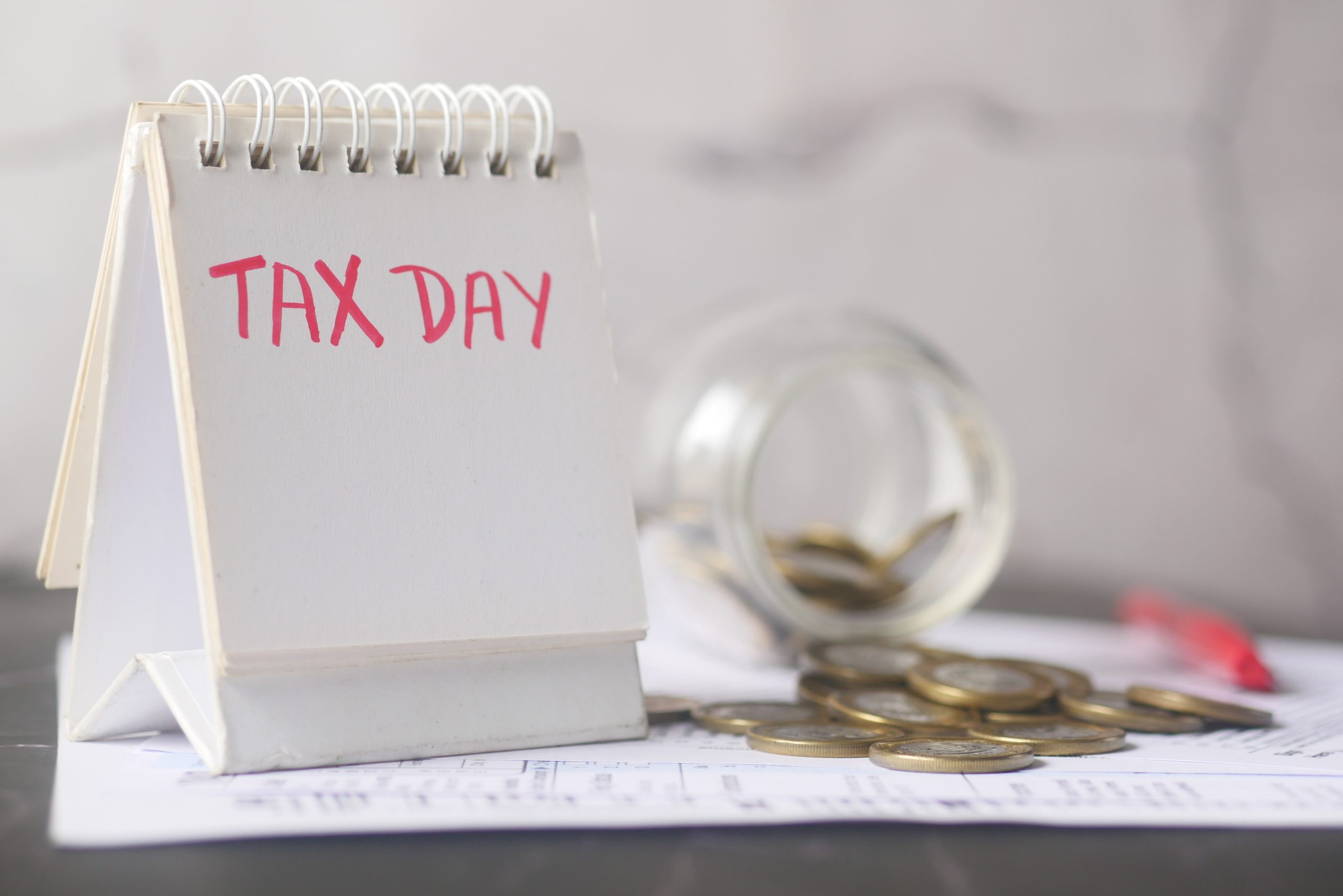




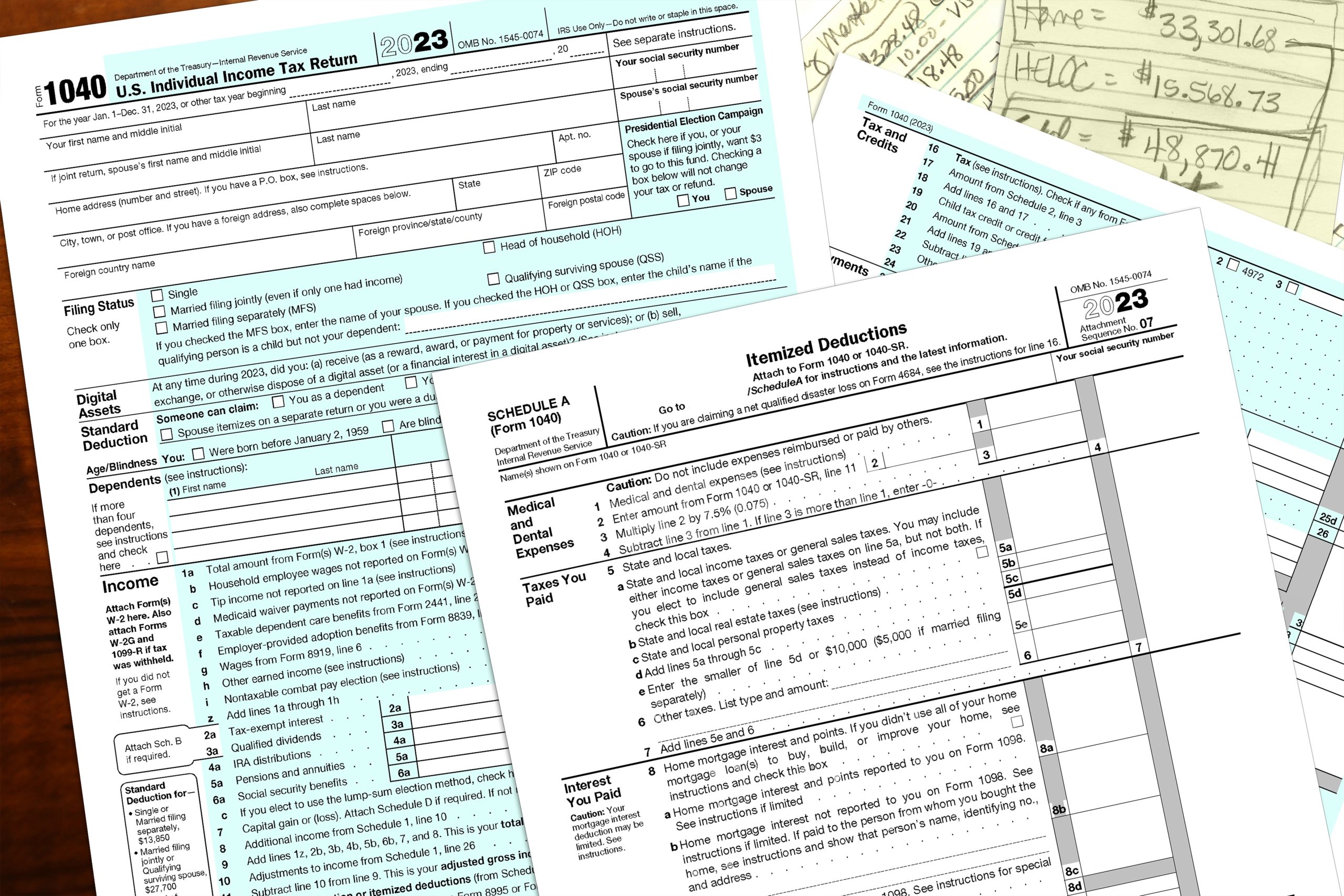
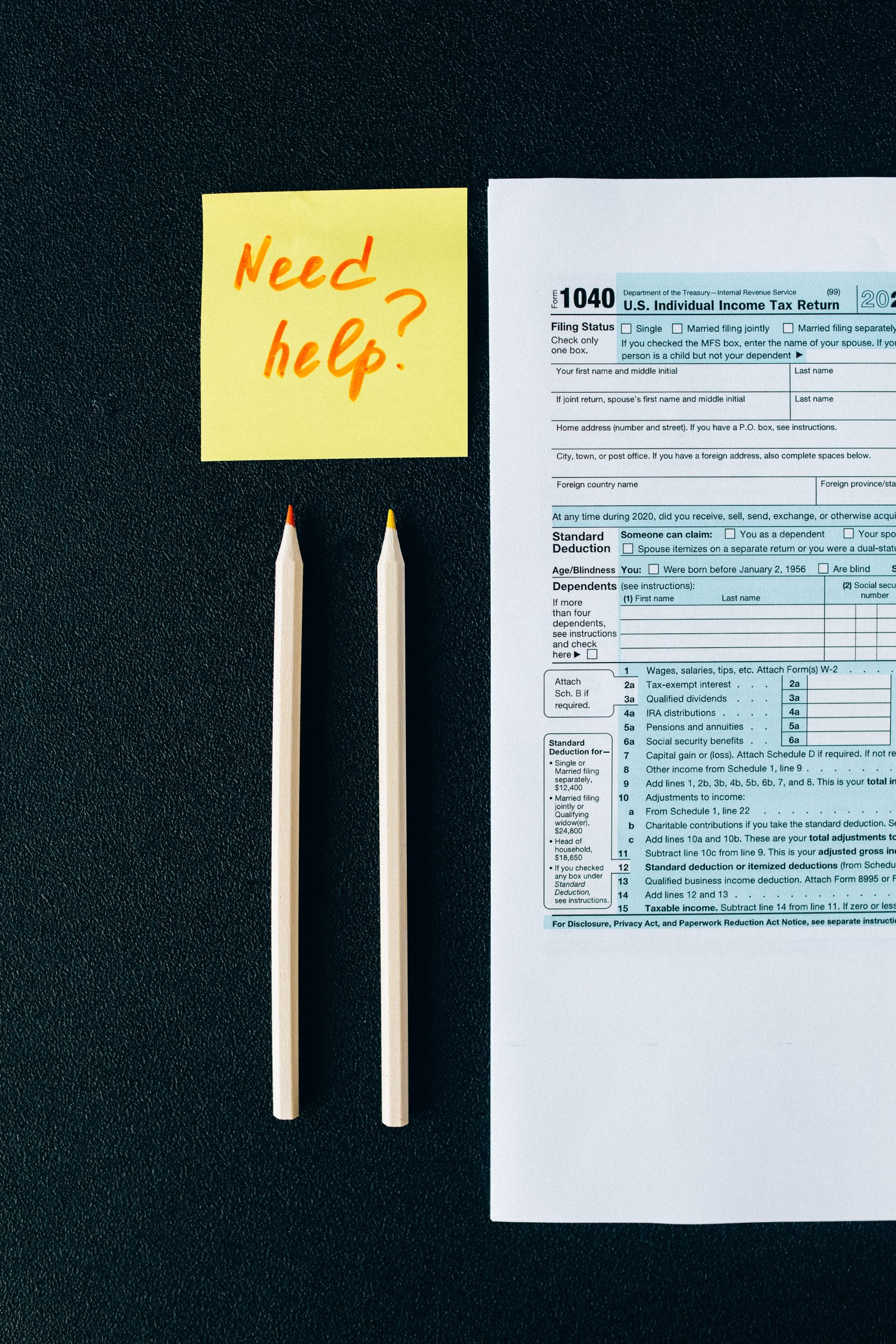
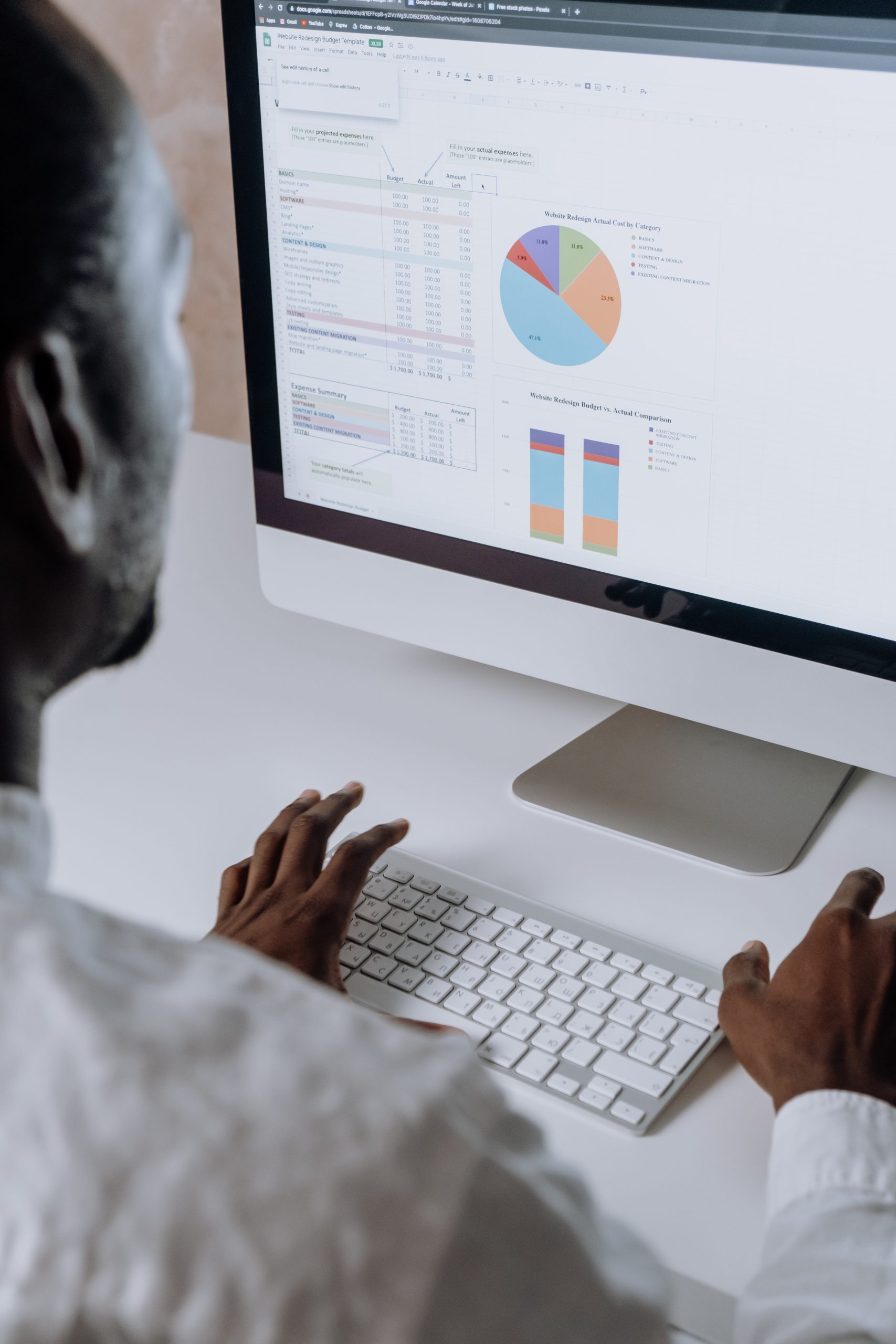








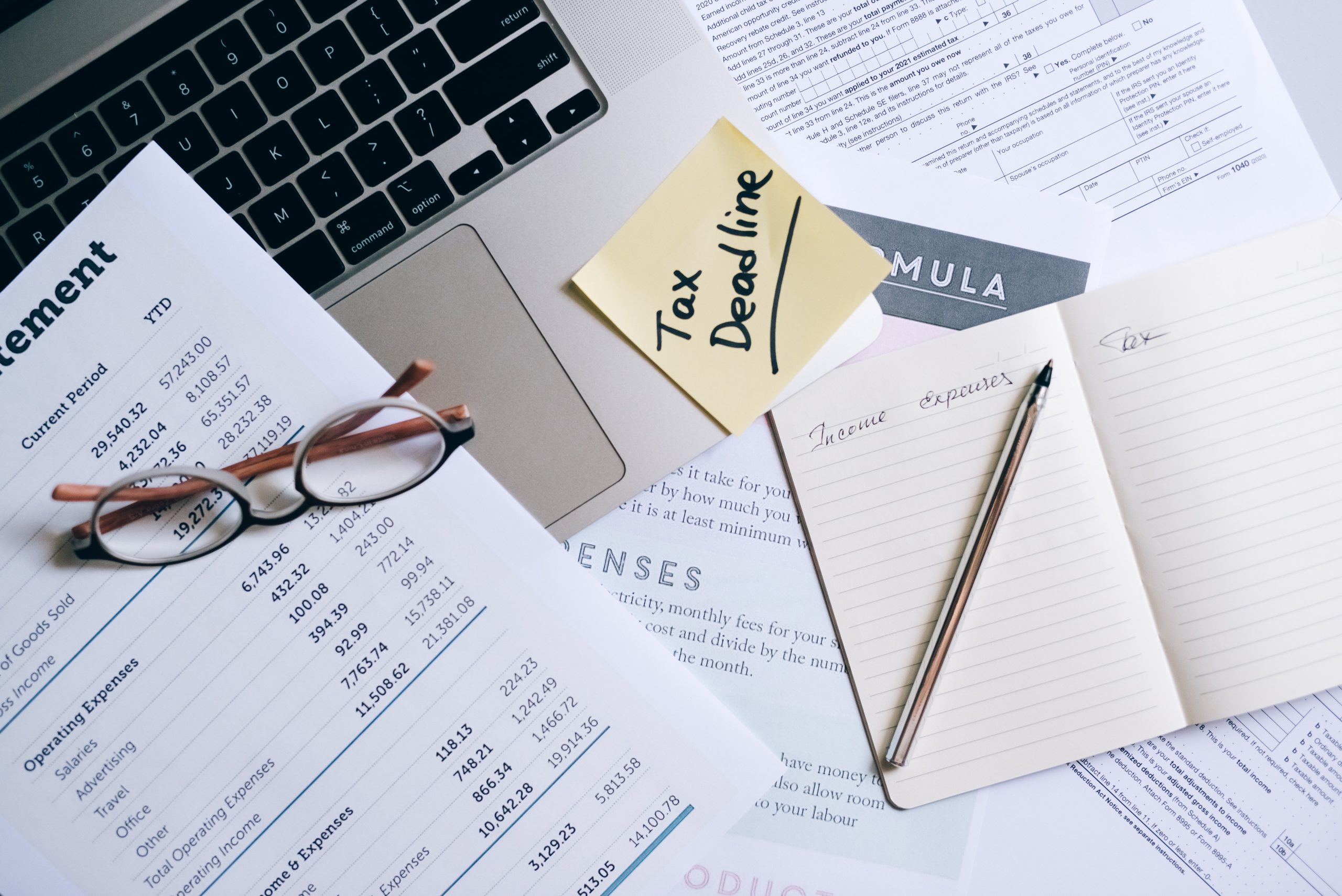









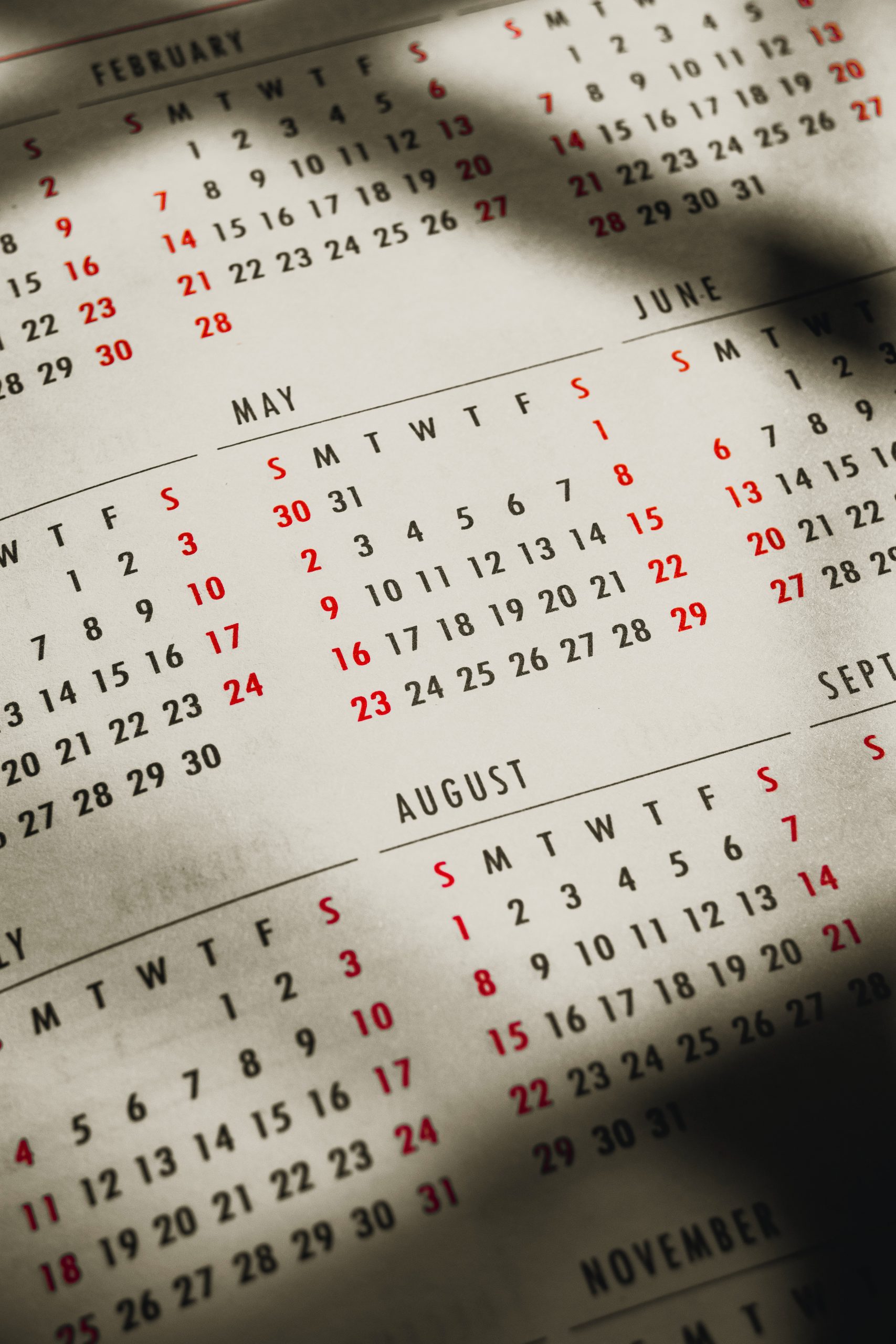
0